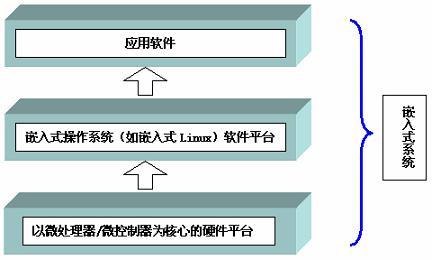A small summary of common problems in embedded design development
An embedded system is a specialized computer system designed to perform specific functions within a larger device or system. These systems are often built around an embedded processor and typically store their control programs in ROM. Almost every modern device with digital capabilities—such as watches, microwave ovens, video recorders, and even cars—relies on embedded systems. While some embedded systems include an operating system, many are controlled entirely by a single program that manages all operations.
An embedded system usually consists of two main components: the embedded computer system and the execution device. The embedded computer serves as the brain of the system, made up of layers such as hardware, middleware, system software, and application software. The execution device, also known as the actuator, receives commands from the embedded system and performs the required actions. These actuators can range from simple components like a small motor in a phone’s vibration mode to complex systems like the Sony Aibo robot dog, which integrates multiple motors and sensors for advanced behaviors.
From an application perspective, an embedded system is a combination of hardware and software, sometimes including mechanical parts. In China, it is commonly defined as a computer system tailored to meet strict requirements for functionality, reliability, cost, size, and power consumption, centered around a specific application.

Here are some key considerations in embedded system design:
1. **Small external buses**, such as those found in single-chip microcontrollers, allow connections to devices like true-color LCDs. Many mobile devices use synchronized screen interfaces for efficient data transfer.
2. **ARM processors** are widely used in embedded systems, with different variants suited for various applications:
- **ARM7**: Used in industrial control and mobile devices.
- **ARM9**: Ideal for image processing and display.
- **Cortex-A**: High-performance applications like smartphones and tablets.
- **Cortex-M**: Low-end applications with minimal resources.
- **Cortex-R**: Mid-range applications, less commonly used.
3. **ARM exceptions** are divided into fixed ones (handled by ARM itself) and customizable ones (defined by chip manufacturers).
4. **System Timer (Systick)** can function as a general-purpose timer without an OS, or as a system clock when an OS is present.
5. **Interrupt management** involves separate registers for enabling and disabling interrupts, allowing more efficient control without reading and writing entire registers.
6. **OD gate output** is useful when there is a mismatch between the processor and peripheral voltage levels.
7. **Reducing power consumption** by properly configuring IO pins: avoid floating inputs, set unused pins to output mode, or enable internal pull-ups if needed.
8. **ADC and DAC** should be disabled during sleep modes to save power.
9. **Watchdog timers** should be fed regularly but not inside interrupt service routines to ensure stability.
10. **I2C bus** uses open-drain signals (SDA and SCL) with pull-up resistors. Software-emulated I2C lacks arbitration and is harder to implement as a slave device.
11. **Logic 0 pages** in MCUs can be remapped to support multiple firmware versions, allowing booting from different flash addresses through configuration settings.
Alumina Ceramic,Alumina Ceramic Ring,99 Alumina Ceramic Ring,Corrosion Resistance Of Alumina Ceramic Ring
Yixing Guanming Special Ceramic Technology Co., Ltd , https://www.guanmingceramic.com